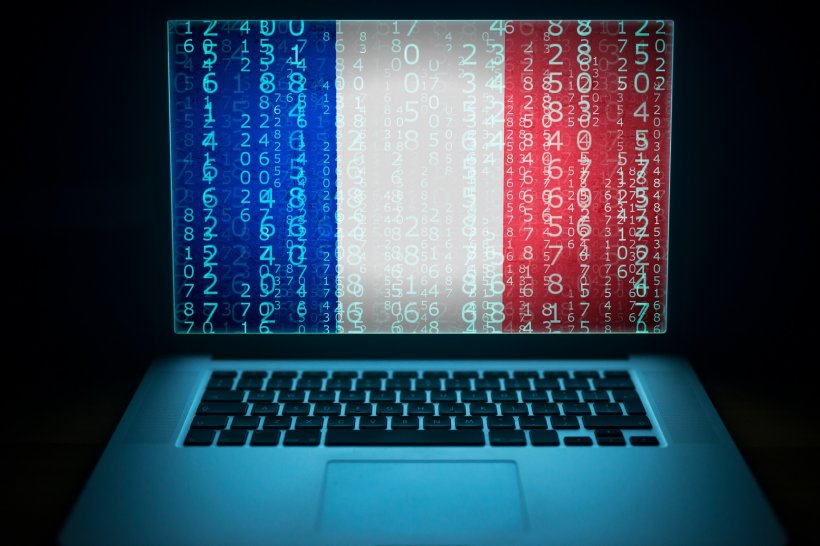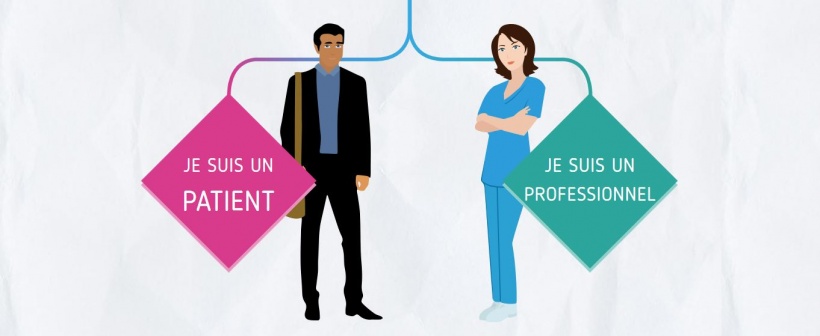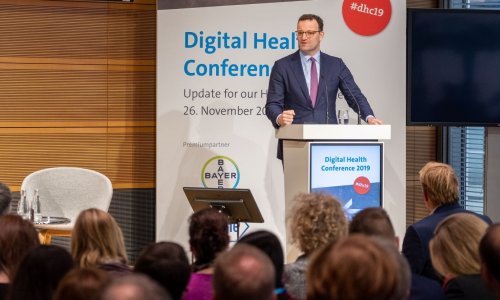
Source: Shutterstock/Aleksandar Malivuk
Article • Embracing the digital age
France simplifies healthcare
Successful pilot scheme means TERR-eSanté will be rolled out for the whole of the Ile-de-France.
Report: Jane MacDougall
The French have a reputation as early adopters of telemedicine driven by the desire to modernise healthcare by the judicious use of the latest technology. The first ‘carte vitale’ (national health card) with a microchip was introduced in 1998. Since 2011, the information stored on the cards has evolved to provide a secure system to transfer treatment codes and payment of healthcare professionals and patients via the social security system NOEMIE, a system of open exchange between patients and external providers. Functional throughout most of France this is used by everyone over 16 years old covered by the social security system.
Today a mini-medical dossier is embedded in the chip, providing information on the patient, their named family doctor (GP) and recently prescribed medicines
It ensures reimbursement by the social security and private insurance is fluid and timely. While a welcome advance on the complex paper procedures required in the past it is still reliant on the vagaries of the internet and can cause severe problems for doctors and pharmacists alike if the system goes down. Only approved social security engineers can access and repair the encrypted system for data exchange and delays can be costly and result in administrative backlogs and potential mistakes.
Although to arrive at this point has often been painful and subject to delays, successive governments have seen digitisation as a way to streamline healthcare administration and eventually save money. Additionally, and perhaps even more importantly, for the economy’s future, healthcare digitisation and connectivity is seen as growth market for nascent biotechnology companies with exciting and novel ideas to transform traditional healthcare by giving patients control over their medical destiny.
From conception the carte vitale was considered for storing medical data that could be shared between healthcare professionals. Indeed, today a mini-medical dossier is embedded in the chip, providing information on the patient, their named family doctor (GP) and recently prescribed medicines.
Sharing of data via a secure internet server
However, due to technical difficulties of compatibility between the varied IT systems used by doctors, radiologists and pharmacists, and also concerns about data security, the original idea has altered. A new system based on the sharing via a secure internet server, controlled under the data the protection act, Terr-eSanté was launched in 2017.
The idea behind Terr-eSanté is to facilitate healthcare of certain patient groups by coordinating the exchange of information between the different healthcare professionals involved in their treatment and, of course, the patient themselves.
Centred on the patient’s healthcare journey, six different steps are included; the first visit, either to the GP or hospital where the dossier is initiated; results of prescribed tests, e.g. laboratory analyses and radiology; prescriptions; appointments; on-line payment of professionals and pre-admission administration, to facilitate hospital stays.
Five different healthcare situations are covered; diabetes, cancer, cardiovascular disease, out-of-hours healthcare and perinatal care. However, for the moment only diabetes, perinatal care and cardiovascular options are operational. Terr-eSanté services are provided free, but require an online account.

Source: TERR-eSanté
Pilot system tested in Paris
There are two points of access one for healthcare professionals and the other for patients. The pilot system was tested over a defined territory of the Paris area that included a dense urban population of 370 000 inhabitants with general poor health indicators. The pilot scheme ran until the end of 2017 and will now be rolled-out over the whole of Parisian region from this year.
Because of its server-based nature, Terr-eSanté is compatible with all the different IT systems in use by healthcare professionals, does not require any further investment in IT equipment and can be accessed remotely. Unlike the carte vitale, all the information is accessible to the patient. The patient chooses which healthcare professionals may access their medical dossier, although the doctor initiates a dossier for a patient. Only registered professionals can access the site, likewise a patient’s identity needs to be confirmed by a doctor. Patients retain the right to remove a healthcare professional’s access to their dossier, if for whatever reason. Elderly or infirm patients can name a representative to manage their dossier for them.
An exciting concept that is patient-centric will probably override initial fears of public sharing of sensitive data, especially in peoples’ minds considering the on-going Facebook allegations. If these can be overcome, the potential for the system looks very promising, new telemedicine tools or apps can be added to the patient’s dossier.
For instance, ‘Ortif Cardio’ for patients with cardiovascular problems enables them to upload their blood pressure readings, weight etc. directly to their doctor. The range of ORTIF home monitoring systems is already extensive and very popular among doctors and patients who like to feel in control of their health via their smart phones.
So, perhaps the wider service offered by Terr-eSanté will become popular, particularly for patients suffering chronic illnesses that cross different medical specialties.
Further Information:
NOEMIE, Norme Ouverte d'Echanges Maladie avec les Intervenants Extérieurs, https://www.ameli.fr/l-assurance-maladie/documentation-technique/norme-noemie/index.php
ORTIF, Outil Régional de Télémédecine en Ile-de-France, regionale, regional telemedicine for the Parisian area. http://ortif.fr/
TERR-eSanté, https://www.terr-esante.fr/
11.11.2018











